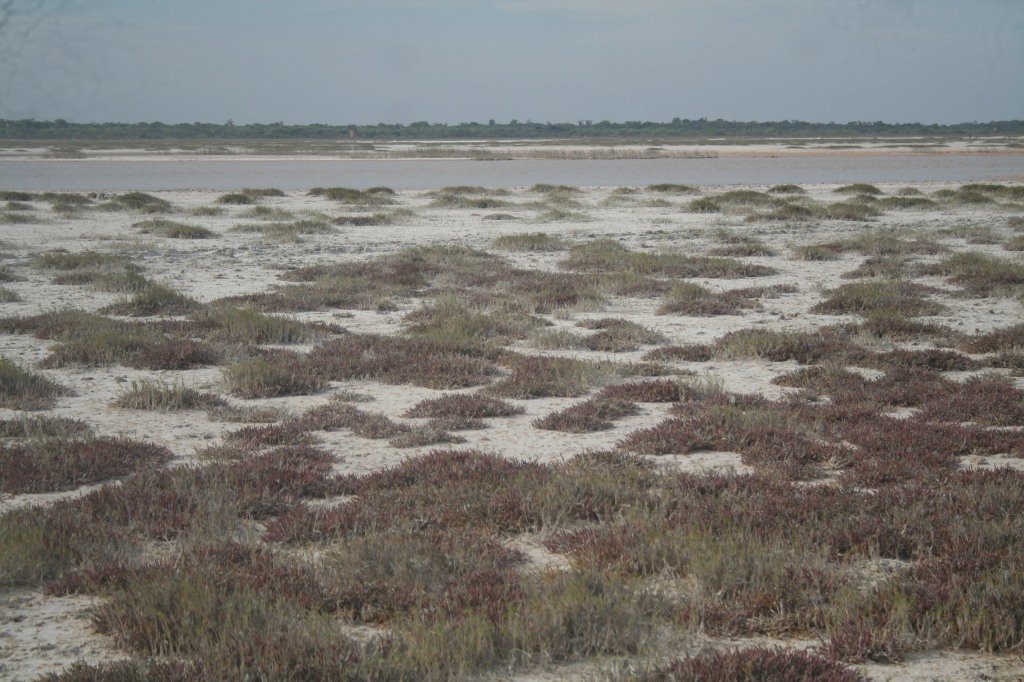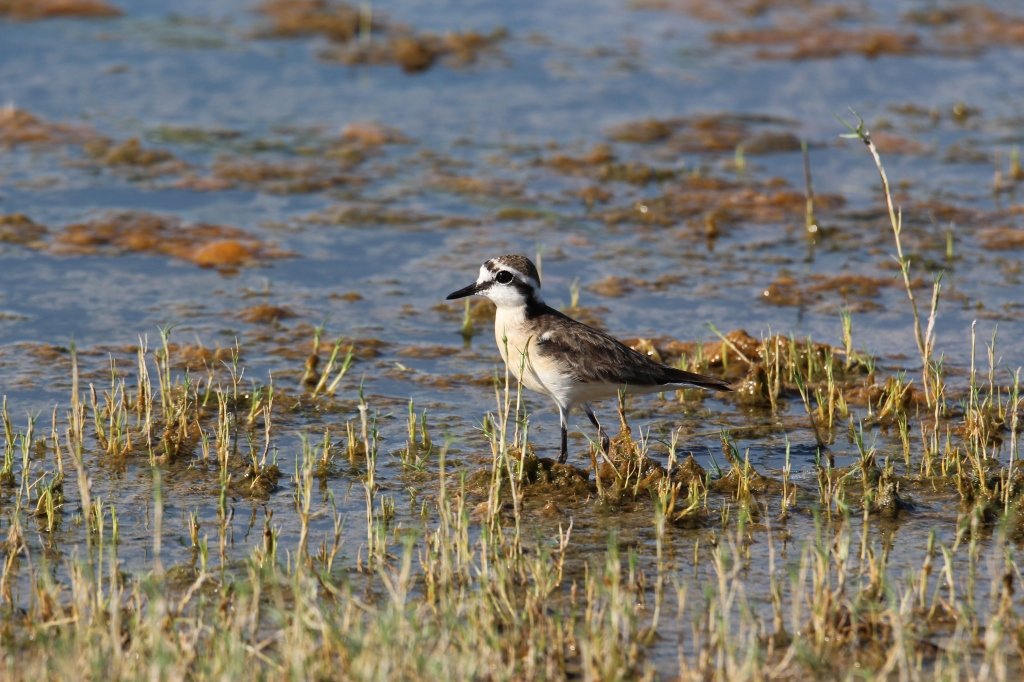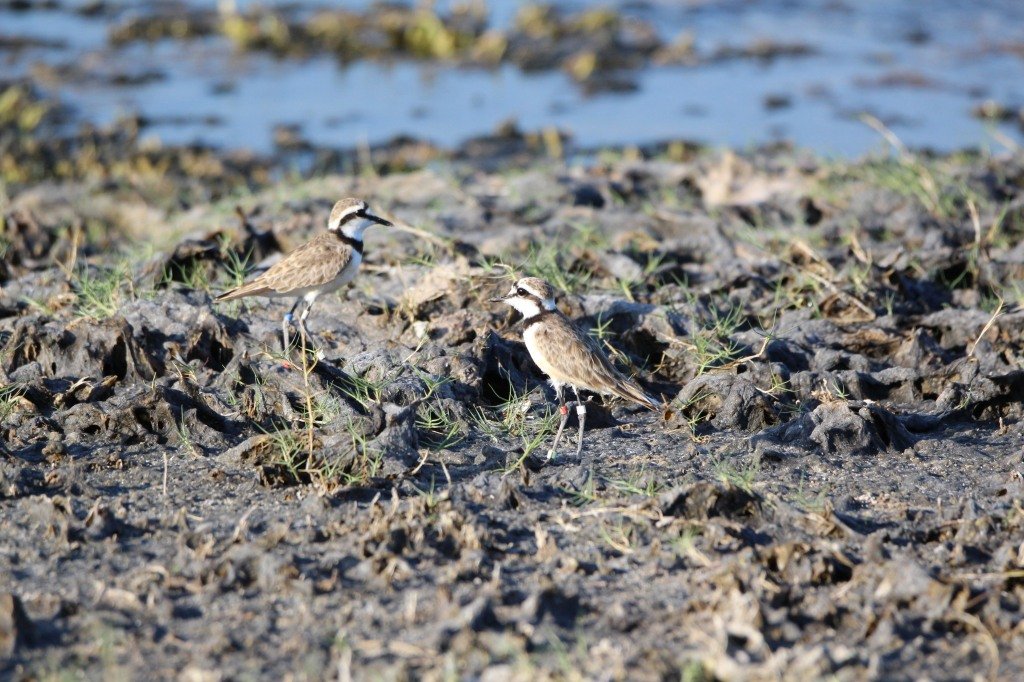written by Dr William Jones
The pandemic and global travel disruption still bites in 2021 and this affected the fieldwork in Madagascar. The teams from Bielefeld and Debrecen were unable to visit the island to collect data and samples for our various projects. However, yet again, we were saved by Dr Sama Zefania and his team of researchers and students in Madagascar itself, who, for a second year running collected data without our help.
This year turned out to be a special year for Plover science, as it marked the 20th anniversary of data collection on the island and the collaboration between Tamás Székely and Sama Zefania. In the early days, data was collected in a variety of locations around the coast of Madagascar and particularly along the west coast. It wasn’t until the autumn of 2008 that the field site at Andavadoaka was discovered and data collection there began in earnest. Over this time, we have learnt a lot about our three study species: the Madagascar Plover Charadrius thoracicus, the White-fronted Plover Charadrius marginatus tenellus and the Kittlitz’s Plover Charadrius pecuarius. Each species has it’s own unique set of traits that make them interesting to study.
They say that the only constant with Madagascar’s climate in change; and this can have a huge impact on the breeding cycles of the three plover species. 2020 was a drought year, and breeding effort was much lower than usual. However, the rains appeared again in 2021 and we were hopeful of a good breeding season. While we had some pandemic related delays and disruption, 2021 was a successful year, with many video recordings and behavioural observations made to contribute towards the overall goals of ÉLVONAL. In addition, a huge effort was made towards sample collection for projects conducted at the University of Bielefeld, including preen oil and scent samples and faecal samples. In total, a remarkable 612 birds were caught, colour ringed and sampled for our various projects and 209 plover nests successfully fledged at least one chick, although we also saw quite a lot of nest predation too this year, including from feral dogs.
We have many interesting projects and papers in the pipeline from this collaboration ranging from demographic studies to chemical ecology as well as breeding ecology and behaviour and we hope to be able to update everyone with our findings in the near future.
In the meantime, we are busily preparing for an additional field season to discover more about the non-breeding behaviour and traits of Madagascar’s plovers as well as an exciting project on the enigmatic Madagascar Buttonquail. The European teams are now waiting for the imminent opening of the border so we can be more helpful to our Malagasy colleagues!




